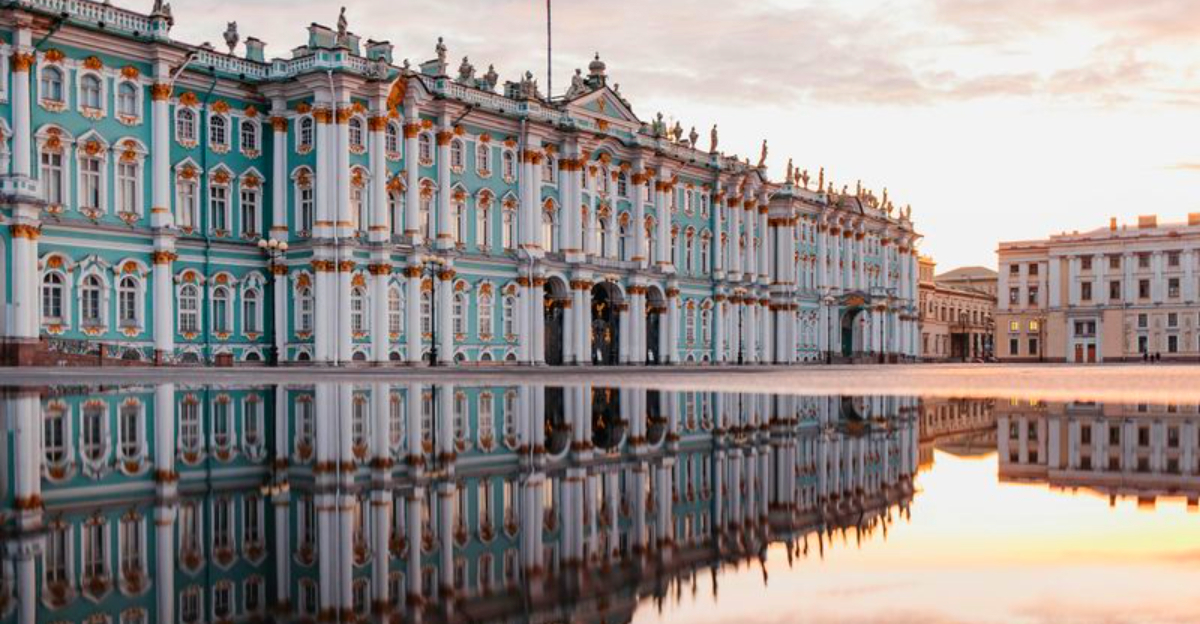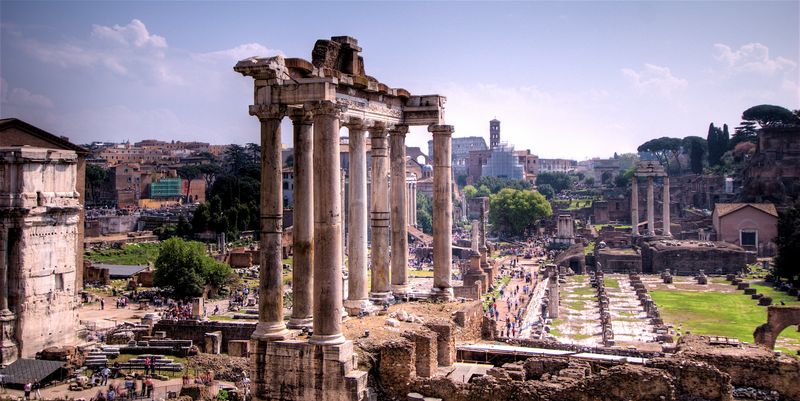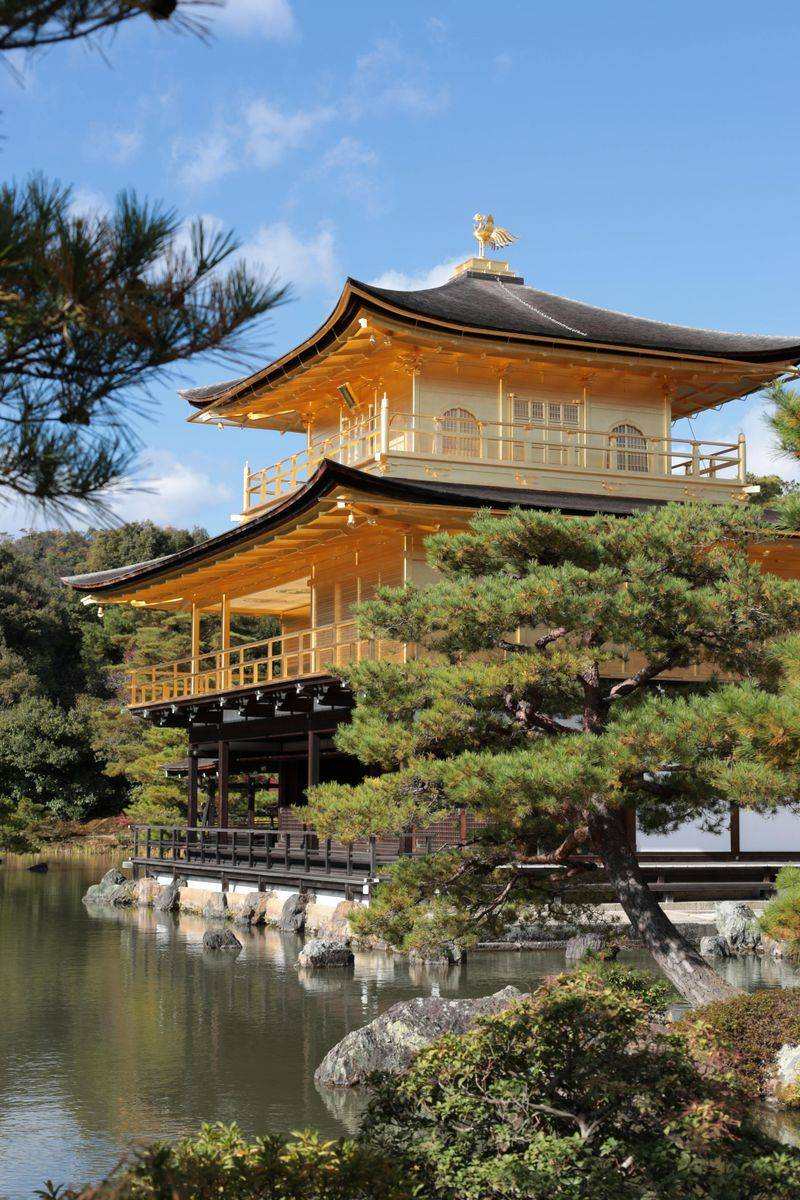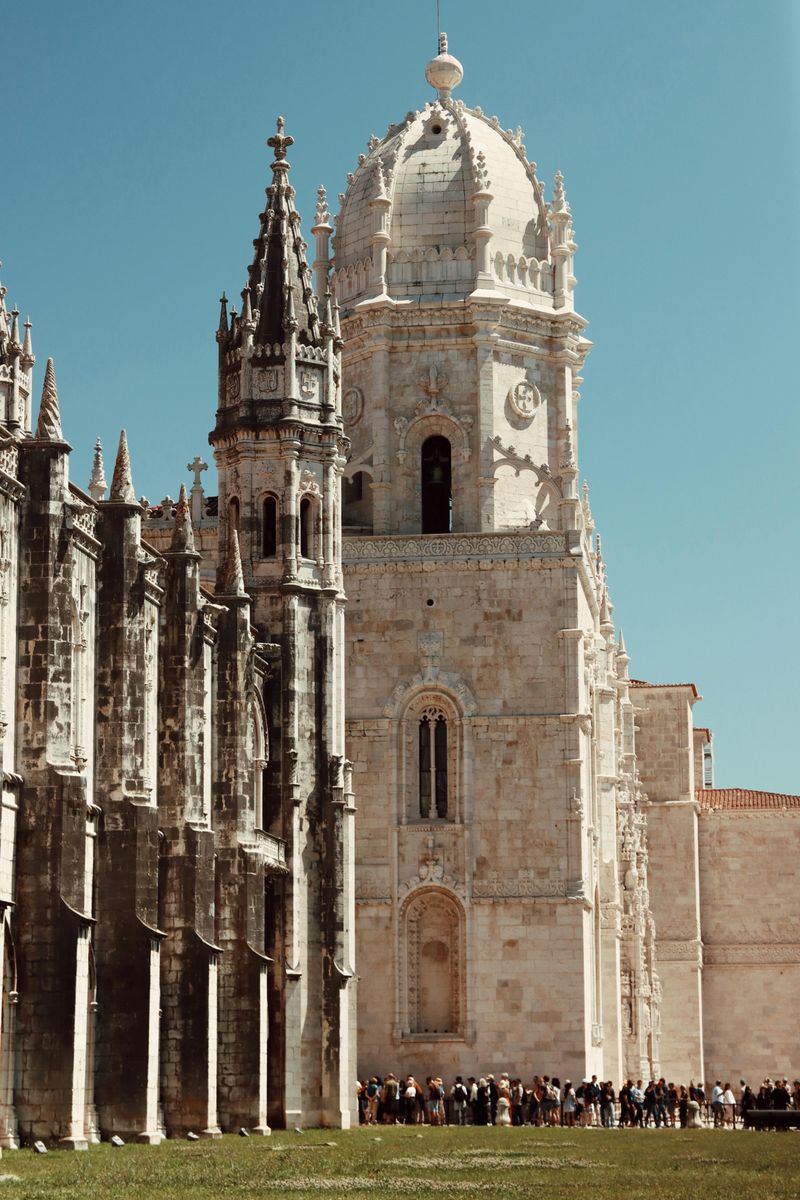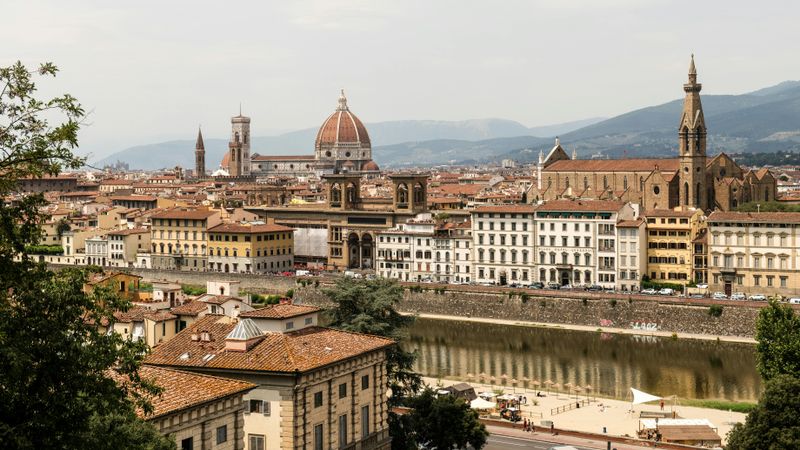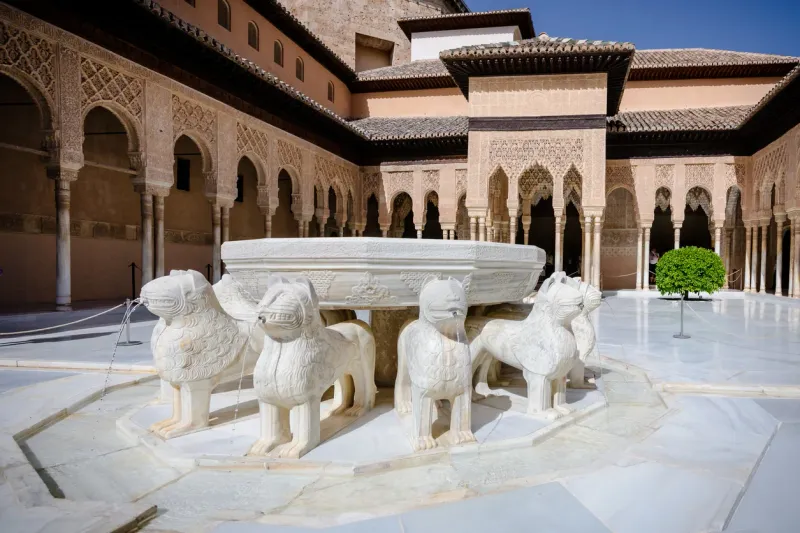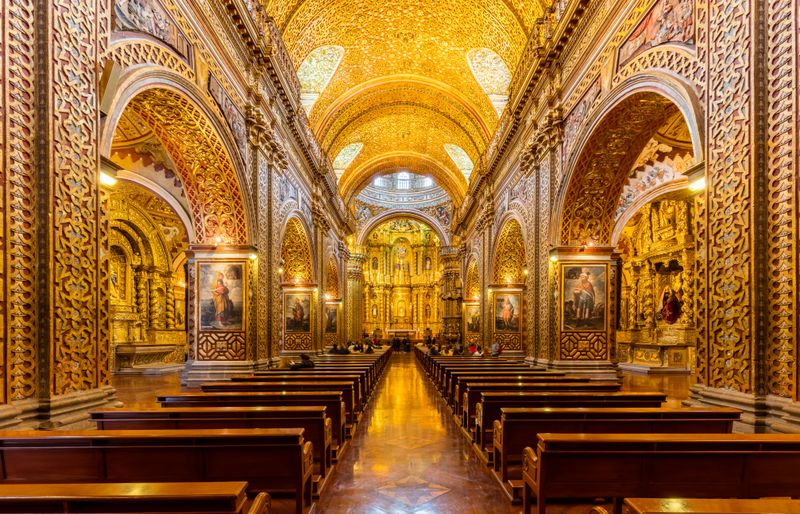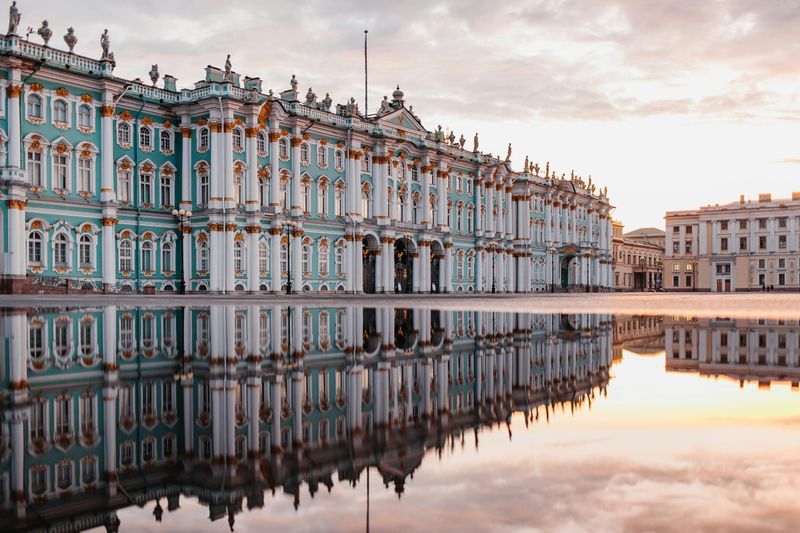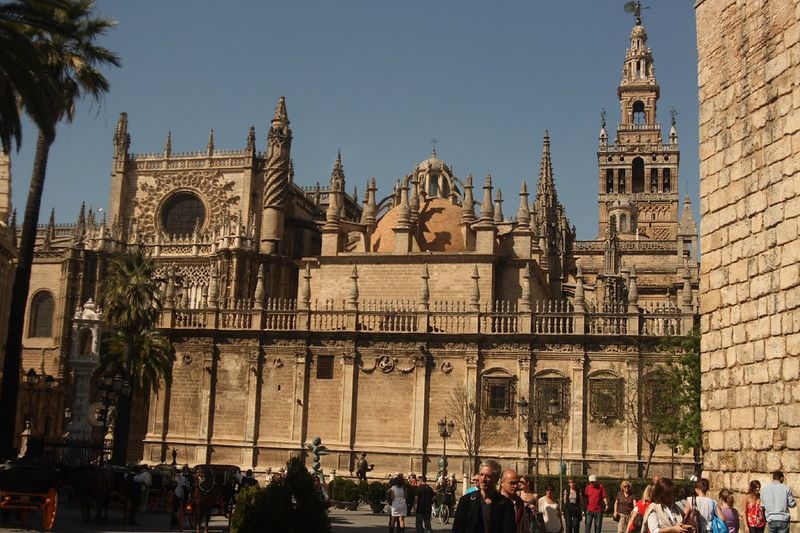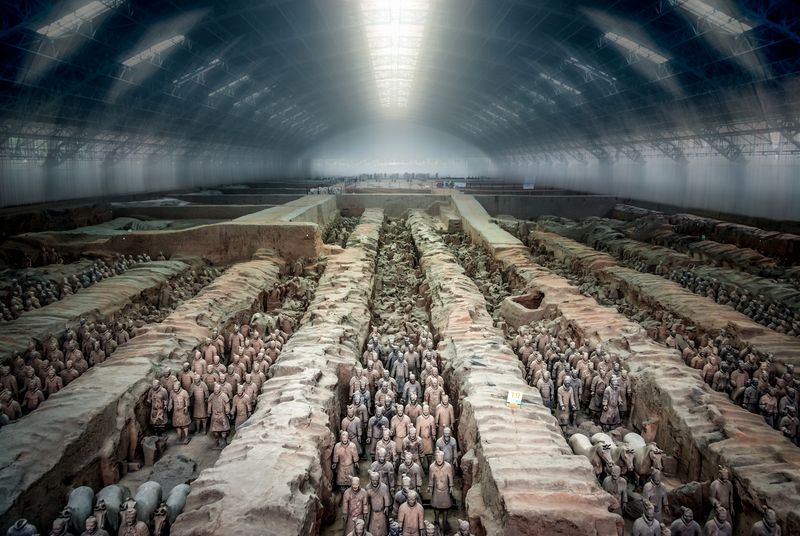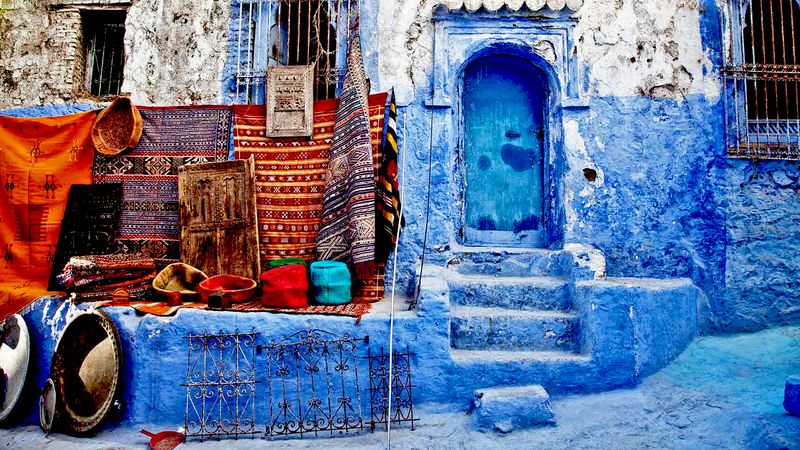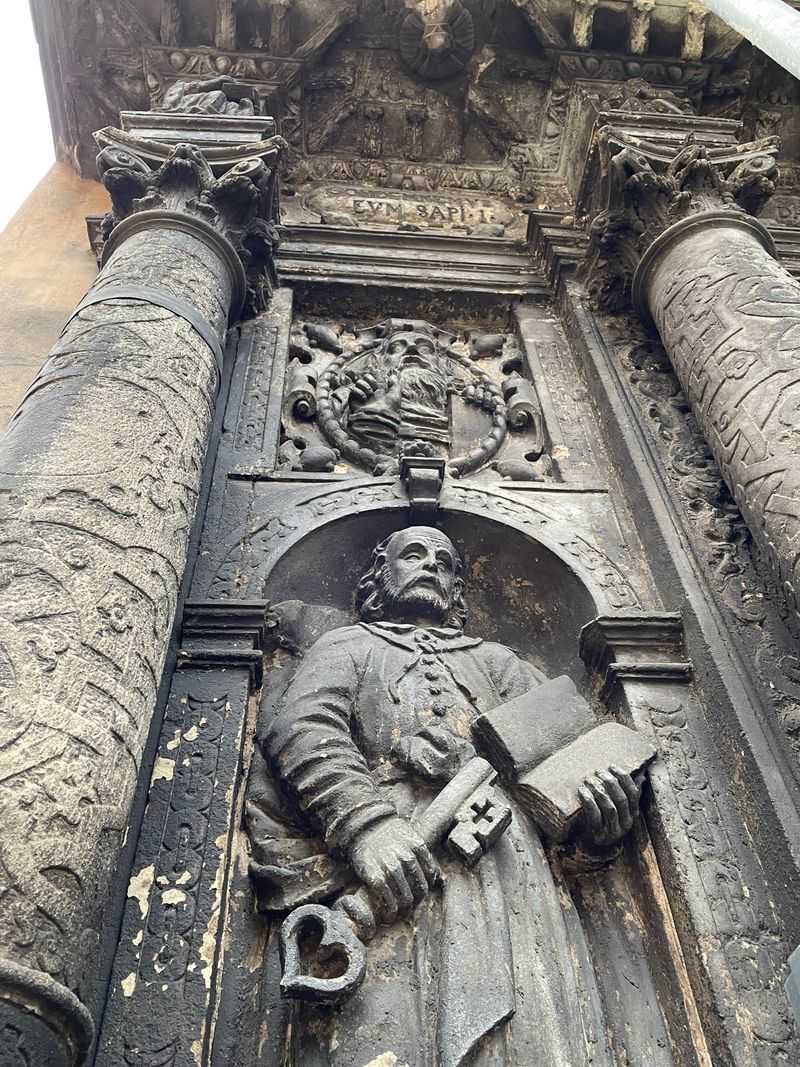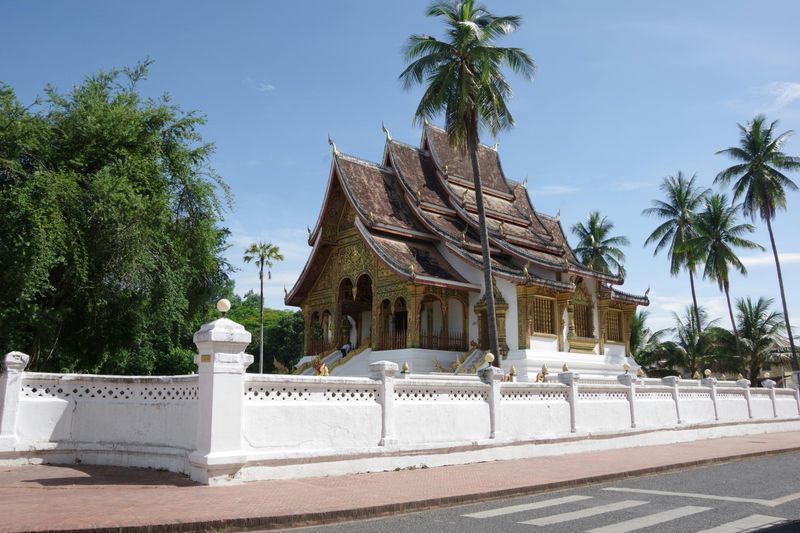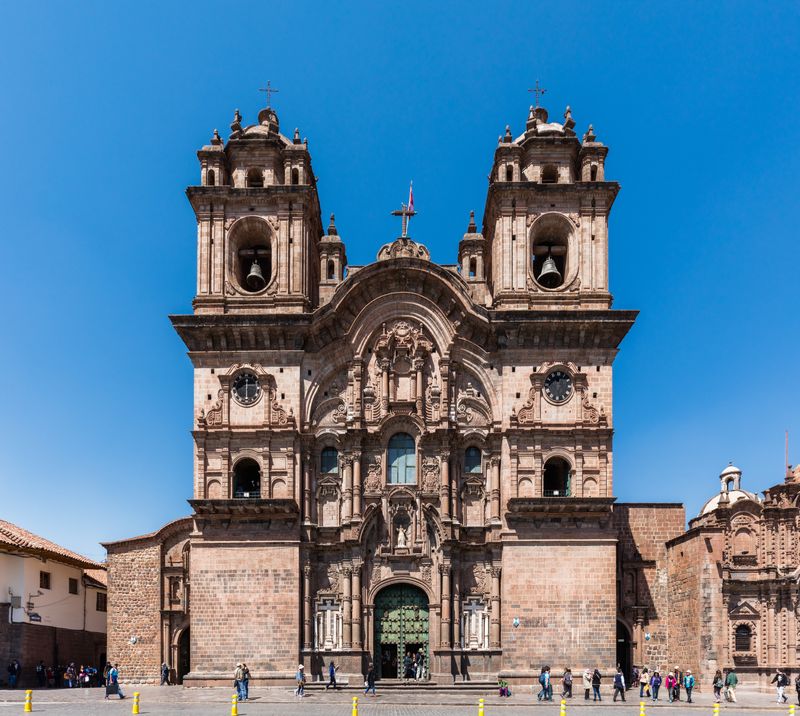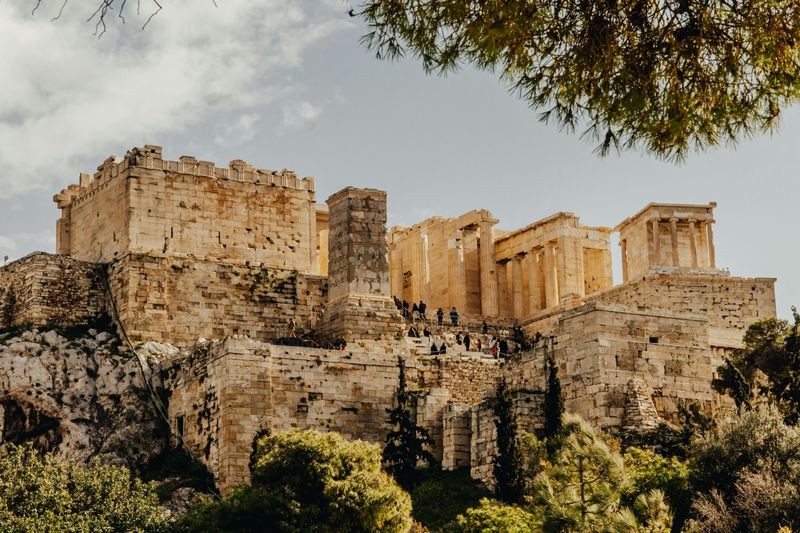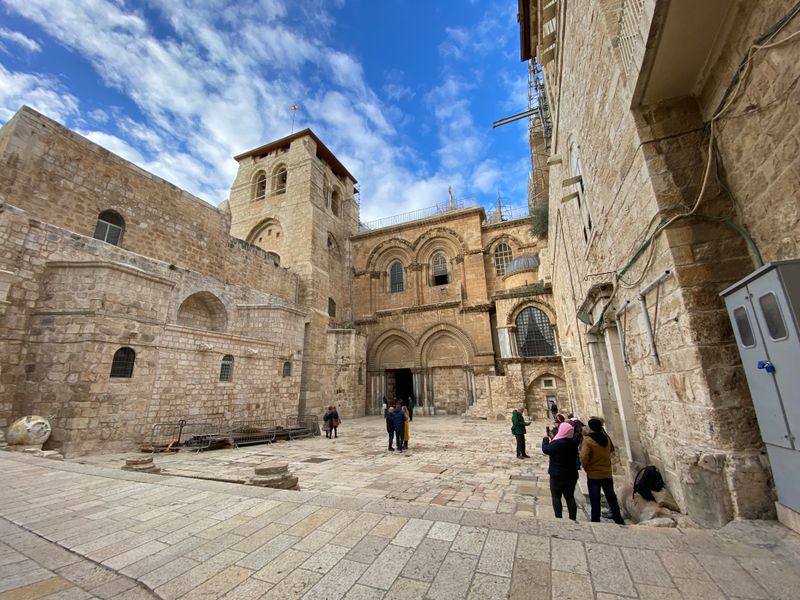From ancient capitals to living festivals, some cities are like open-air museums where history still breathes. This curated list spotlights places with multiple UNESCO inscriptions or extraordinarily dense heritage cores. Whether you crave imperial splendor, sacred architecture, or vibrant traditions, these destinations deliver layers of civilization in walkable form. Pack curiosity—each city rewards slow exploration and reveals new stories at every corner.
Córdoba, Spain
Córdoba stands alone in UNESCO prestige, holding four distinct inscriptions that map a millennium of cultural exchange. The Mosque-Cathedral’s forest of columns evokes Islamic grandeur layered with later Christian transformation. Wander the Historic Centre’s tangle of alleys, where Roman fragments and Moorish courtyards lead to Baroque sanctuaries. The Festival of the Patios, an intangible heritage, animates floral patios as living culture rather than museum pieces. Just outside the city, the palace-city of Medina Azahara reveals the ambitions of the Caliphate. Together, these sites embody Roman, Islamic, and Christian epochs folded into a compact Andalusian canvas. Córdoba’s streets serve as corridors of time, inviting unhurried discovery. Every plaza, column, and arch contributes to UNESCO’s “outstanding universal value,” making the city an essential pilgrimage for heritage lovers.
Rome, Italy
Rome’s UNESCO recognition reflects a metropolis where eras stack like chapters of a grand narrative. Walk from the Colosseum to the Forum and you traverse the political heart of an empire that shaped law, language, and architecture. A short leap takes you to the Pantheon’s perfect dome and onward to Renaissance masterpieces culminating around St. Peter’s. UNESCO notes Rome among major historic centers whose urban fabric holds exceptional value. Its living cityscape—markets, fountains, piazzas—gives the monuments context and pulse. Churches hide frescoes, palazzi host galleries, and archaeological parks interlace with neighborhoods. In Rome, heritage is not isolated; it saturates daily life. The result is a dense, immersive experience where every vista is a portal into antiquity, faith, and art.
Kyoto, Japan
Kyoto, Japan’s former imperial capital, compresses over a millennium of artistry into a cityscape of temples, shrines, and gardens. UNESCO’s “Historic Monuments of Ancient Kyoto” encompasses dozens of properties, each echoing refined aesthetics and spiritual balance. You move from Zen rock gardens to cedar-shaded pavilions, then to riverside districts where geiko traditions still thrive. Wooden machiya streets hint at pre-modern urban rhythms that survived industrialization. Seasonal change—cherry blossoms, maple flames, winter hush—repaints heritage settings anew. Tea ceremony culture, temple bells, and forested foothills frame contemplative walks. Kyoto’s power lies in quiet mastery rather than spectacle: proportion, light, and craft. For travelers, it’s an immersion into living tradition, where UNESCO recognition protects spaces that continue to shape Japan’s cultural imagination.
Istanbul, Turkey
Istanbul dazzles by spanning continents and empires, its UNESCO-listed Historic Areas fusing Byzantine, Ottoman, and modern layers. Hagia Sophia’s colossal dome converses with the Blue Mosque’s cascading minarets, while Topkapi Palace overlooks maritime crossroads. Streets weave through ancient forums, bazaars, and cisterns, where trade and faith intertwined. The Archaeological Park reveals strata beneath a living metropolis. UNESCO status highlights not just monumental brilliance but urban continuity across 1,700 years. Food stalls, call to prayer, and ferry horns soundtrack the experience. Mosques, churches, and synagogues stand within walking distance, reflecting a cosmopolitan past. Istanbul’s grandeur is kinetic—the city never sits still—making heritage encounters feel immediate, textured, and endlessly photogenic.
Lisbon, Portugal
Lisbon unfolds across seven hills, its skyline punctuated by fortresses, monasteries, and tiled miradouros. UNESCO recognition in the metro area—most famously Jerónimos Monastery and the Belém Tower—anchors Portugal’s Age of Discovery narrative. Alfama’s labyrinth preserves Moorish-era urban patterns, while azulejo-clad buildings shine after careful restoration. Maritime breezes meet fado echoes in taverns that spill onto cobbles. The city’s identity fuses seafaring ambition with layered Iberian cultures, resonating in museums and riverfront promenades. Even modern quarters nod to heritage through curated public art and preserved façades. Lisbon’s accessible viewpoints frame monuments and neighborhoods in cinematic panels, coaxing slow, uphill wanderings. It’s a capital where history feels intimate, luminous, and wonderfully lived-in.
Prague, Czech Republic
Prague’s UNESCO-listed Historic Centre is a rare urban palimpsest where Gothic, Renaissance, and Baroque harmonize across river and hill. Crossing Charles Bridge, you feel centuries of trade and devotion under watchful saints. The Old Town Square’s astronomical clock times both spectacle and continuity, while Malá Strana’s palaces host embassies and salons. Prague Castle presides like a stone chronicle above red roofs and winding alleys. UNESCO recognition reflects exceptional integrity: street patterns, skyline, and materials cohere into a remarkably intact cityscape. Cafés tuck into vaulted cellars; concert halls echo with Dvořák and Mozart. It’s a place to wander without agenda, finding frescoes beyond courtyards and gardens behind walls. Romance and rigor, whimsy and scholarship—Prague sustains them all.
Florence, Italy
Florence concentrates Renaissance brilliance within a walkable core that UNESCO recognizes for its unparalleled influence on European art and thought. The Duomo’s audacious dome crowns streets lined with guild palaces and artisan workshops. In the Uffizi and churches, Botticelli, Michelangelo, and Giotto animate marble and canvas. River reflections double the poetry across Ponte Vecchio’s jewel-box shops. The city’s urban fabric—piazzas, cloisters, and loggias—was designed for civic life and spectacle. UNESCO status protects this coherence, from stone textures to sightlines. Food markets and artisans sustain living traditions: leather, paper marbling, and goldsmithing. Florence invites slow looking: light on pietra serena, fresco cycles unfolding like comics, and humanist ideals embedded in stone. Every turn refines the eye.
Granada, Spain
Granada’s UNESCO-listed triad—Alhambra, Generalife, and the Albaicín—stages a dialogue between power, paradise, and place. The Nasrid palaces shimmer with calligraphy, muqarnas, and light-dappled courtyards that whisper of Andalusi science and poetry. Generalife’s rills and orchards model a garden of ideal proportion, cooling summer air with water music. Across the gorge, the Albaicín’s lanes climb in a tangle of Islamic-era urbanism and miradores. Later Christian interventions add cathedrals and monasteries that respect the terrain’s drama. UNESCO honors this rare ensemble where landscape and architecture entwine. Flamenco tablas, tea houses, and student buzz keep heritage lively. Granada is not frozen—its contrasts sharpen the senses, revealing how cultures overlap to create something enduringly beautiful.
Quito, Ecuador
Quito’s historic center, among the earliest UNESCO inscriptions, pairs Andean drama with colonial artistry. Baroque churches—La Compañía’s gilded interior, San Francisco’s vast complex—speak to indigenous craftsmanship meeting Iberian forms. The city’s grid steps along ridges and valleys, opening sudden balconies over rooftops and peaks. Museums and convents preserve paintings from the Quito School, vivid with local flora and fauna. UNESCO recognition underscores integrity and ongoing stewardship at 2,850 meters. Cafés spill onto plazas where civic life continues beneath bell towers. The altitude sharpens light, revealing stone textures and painted façades. Day trips push into cloud forests and craft towns, making Quito a cultural hub with nature at the door. It’s heritage you feel in your lungs and lens.
St. Petersburg, Russia
St. Petersburg’s UNESCO-listed historic center presents a planned imperial vision realized in stucco, granite, and waterways. The Winter Palace anchors an ensemble that includes the Hermitage, grand squares, and axial vistas engineered for ceremony. Canals thread between pastel palaces, reflecting European influences synthesized into a Russian idiom. Bridges lift to let ships pass by night—heritage as theater. UNESCO status highlights the city’s coherence: urban planning, architecture, and hydrology in orchestration. Inside palaces, galleries unfurl gilded halls and staggering art collections. Summer’s white nights make façades glow; winter’s frost etches railings and cornices. This is a city to view from embankments and salons, where power dressed itself in beauty and invited the world to look.
Kraków, Poland
Kraków’s UNESCO-listed historic center preserves a medieval plan so legible you can read it by foot: market square, royal route, and cathedral-topped hill. Wawel Castle tells of dynasties and national identity, while Kazimierz layers Jewish heritage into the city’s fabric. Gothic spires, Renaissance courtyards, and baroque chapels coexist within intact blocks. Street musicians, amber stalls, and cafés animate the spaces between monuments. UNESCO recognition dates to the convention’s early years, acknowledging authenticity and continuity. Museums safeguard tapestries and altarpieces; cellars hum with jazz and conversation. The city balances respect for memory with energetic student life. In Kraków, heritage is not background—it’s the stage on which daily scenes unfold with warmth and dignity.
Buenos Aires, Argentina
Buenos Aires blends European-influenced urbanism with Latin American verve, and its heritage zones crystallize that energy. While Argentina’s UNESCO list is broader than the capital, areas like San Telmo and Monserrat preserve 19th-century grids, markets, and grand institutions. Neoclassical congress halls and Belle Époque theatres frame tango’s living tradition—an intangible cultural treasure born in the city’s portside neighborhoods. Street art, fileteado painting, and cafés notables enrich the texture. UNESCO-related heritage here is about urban spirit as much as monuments: plazas hosting demonstrations, bookstores in historic arcades, and music after midnight. The city’s modern sprawl surrounds pockets that feel time-traveled yet alive. It’s a place where culture performs itself daily on tiled sidewalks and under jacarandá blooms.
Seville, Spain
Seville’s UNESCO trio—Cathedral, Alcázar, and Archivo de Indias—captures faith, fusion, and empire in close proximity. The Cathedral’s vast nave shelters Columbus’s tomb, while the Giralda minaret-turned-bell tower bridges Islamic and Christian eras. Across the square, the Alcázar’s Mudéjar craftsmanship shimmers in tilework and carved plaster, animated by patios of citrus and water. The Archivo preserves documents of the Spanish empire’s global reach. UNESCO status concentrates within a walkable precinct that radiates into barrios of tapas and flamenco. Triana’s ceramics, Santa Cruz’s lanes, and riverfront promenades extend the story. Seville demonstrates how courtly taste, maritime ambition, and everyday life can intertwine into a city that feels both theatrical and deeply rooted.
Xi’an, China
Xi’an, cradle of Chinese civilization, anchors UNESCO heritage through the Mausoleum of the First Qin Emperor and its Terracotta Army. The city’s massive wall—rideable by bicycle—encircles neighborhoods where markets and temples retain Silk Road echoes. Pagodas punctuate the skyline, while museums illuminate imperial standardization that unified script, currency, and engineering. UNESCO recognition extends to Silk Roads corridor sites, situating Xi’an within transcontinental exchange. Street food alleys perfume the air with cumin and vinegar, making history deliciously immediate. The Terracotta ranks, each face distinct, feel like a census of ancient aspirations. In Xi’an, continuity is tactile: bricks under wheel, eaves over shadow, and time measured in dynasties. It’s a gateway into China’s deep time, accessible in a weekend.
Marrakech, Morocco
Marrakech’s UNESCO-listed medina thrives as a sensory atlas of Maghrebi urban life. The Koutoubia’s minaret anchors an ocean of rooftops punctuated by palms and satellite dishes—tradition and modernity side by side. In souks, metalworkers hammer rhythms while dyers unfurl saturated skeins. Riads hide oases of zellige, stucco, and fountains behind unassuming doors. Jemaa el-Fnaa’s nightly theatre—storytellers, Gnawa musicians, food stalls—embodies intangible heritage in motion. UNESCO recognition safeguards both built fabric and living practices. Gardens like Majorelle and Menara expand the palette with cypress, cactus, and water mirroring the Atlas. Marrakech’s appeal is immediate and visceral, yet its craftsmanship rewards close looking: a city of patterns, pathways, and performance.
Lviv, Ukraine
Lviv’s UNESCO-listed center weaves Armenian, Polish, Jewish, and Habsburg threads into a compact tapestry of courtyards and cafés. Architectural styles overlap elegantly—Renaissance attics, baroque chapels, Art Nouveau balconies—revealing a crossroads city that prized craft and commerce. Coffeehouses and bookshops animate streets where printing presses once hummed. The Armenian quarter and boim chapel showcase multicultural piety rendered in stone. UNESCO recognition celebrates integrity and dialogue among traditions in an Eastern European setting often overlooked. Murals, tramlines, and markets make heritage feel lived-in rather than staged. Lviv rewards flâneurs: stairwells to hidden galleries, rooftops with brass bands, and bakeries scenting lanes. It’s a generous city where history invites conversation over a steaming cup.
Luang Prabang, Laos
Luang Prabang’s UNESCO listing protects a serene confluence of Buddhist monastic architecture and French colonial urban planning. At dawn, monks glide through quiet streets for alms, a ritual that ties community to temple life. Wooden houses with carved eaves neighbor shimmering wats, while bougainvillea spills across shutters. The peninsula’s layout, bounded by rivers and hills, fosters contemplative walking and cycling. UNESCO recognition honors harmony rather than grandeur: proportions, materials, and rhythms in balance with landscape. Waterfalls and caves lie just beyond town, extending the spiritual geography. Night markets glow with textiles and lanterns, sustaining artisanal economies. Luang Prabang invites gentleness—of pace, tone, and footprint—while offering deep cultural resonance in intimate scale.
Cusco, Peru
Cusco, former Inca capital, showcases a UNESCO-listed historic center where imperial masonry undergirds colonial grandeur. Cyclopean stones fit without mortar form foundations for palaces turned monasteries, revealing cultural succession in place. The Plaza de Armas hosts a cathedral rich in Andean Baroque art, while nearby Qorikancha’s Inca walls support a Dominican convent. Markets bustle with textiles, coca tea, and highland produce, keeping traditions vibrant. UNESCO status highlights urban continuity from Tawantinsuyu to present. Altitude lends crystalline light that sharpens stone textures and color. Cusco is both gateway to Machu Picchu and a destination of layered meanings, inviting visitors to read walls like archives and streets like timelines.
Athens, Greece
Athens distills Western heritage in the Acropolis ensemble, where the Parthenon presides over a city of paradox and renewal. UNESCO recognition celebrates classical ideals manifested in Doric lines and sculptural narrative. Below, the Ancient Agora and Roman Agora trace civic life across epochs, while neighborhoods like Plaka and Anafiotika climb the slopes with 19th-century charm. Museums reunite fragments and context, amplifying the hilltop’s power. Athens is not a relic; contemporary galleries, cafés, and street murals pulse around ruins. The juxtaposition—metro tracks near temples, sunsets over marble—heightens the dialogue between past and present. It’s a city for thinkers and strollers, best absorbed at twilight when columns glow and cicadas chorus.
Jerusalem, Israel
Jerusalem’s Old City and its Walls, inscribed by UNESCO, compress millennia of sacred narratives into one walkable labyrinth. Within a few blocks stand the Western Wall, the Church of the Holy Sepulchre, and the Dome of the Rock—sites central to Judaism, Christianity, and Islam. Markets thread between quarters, carrying spices, textiles, and pilgrim keepsakes. Archaeological strata surface in tunnels and courtyards, revealing layers of settlement and devotion. UNESCO status underscores universal significance and delicate stewardship. Every stone bears witness, yet daily life carries on in bakeries, schools, and rooftop gardens. The city commands quiet respect and careful attention, inviting reflection as much as sightseeing. Jerusalem’s intensity is unmatched—profound, complex, and deeply human.
